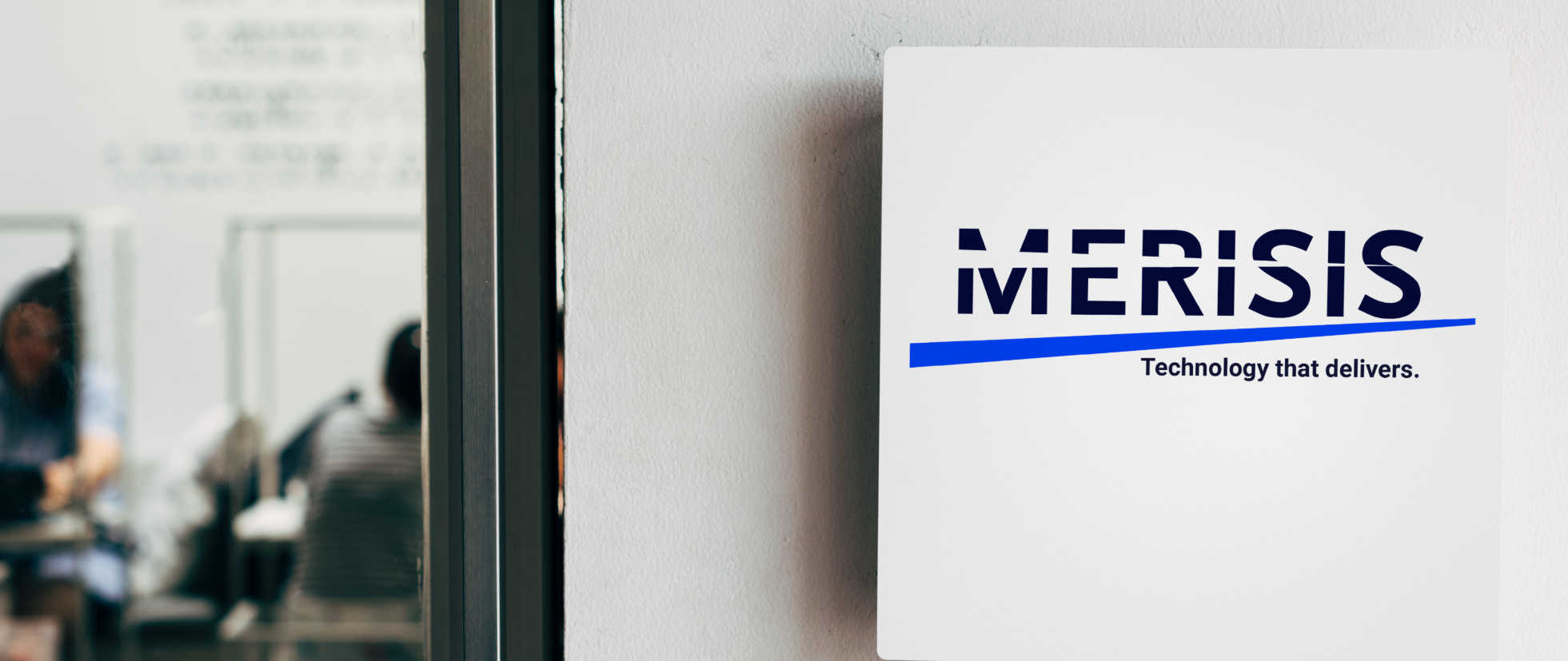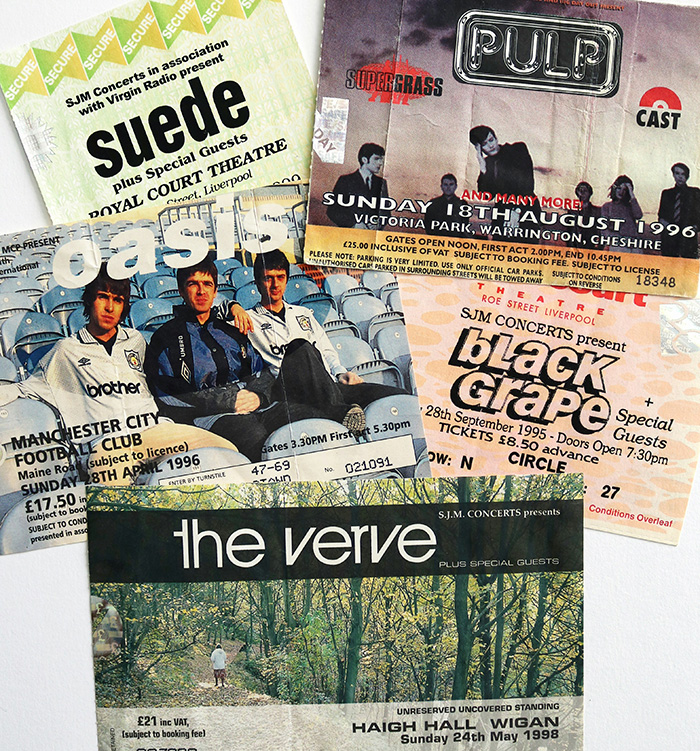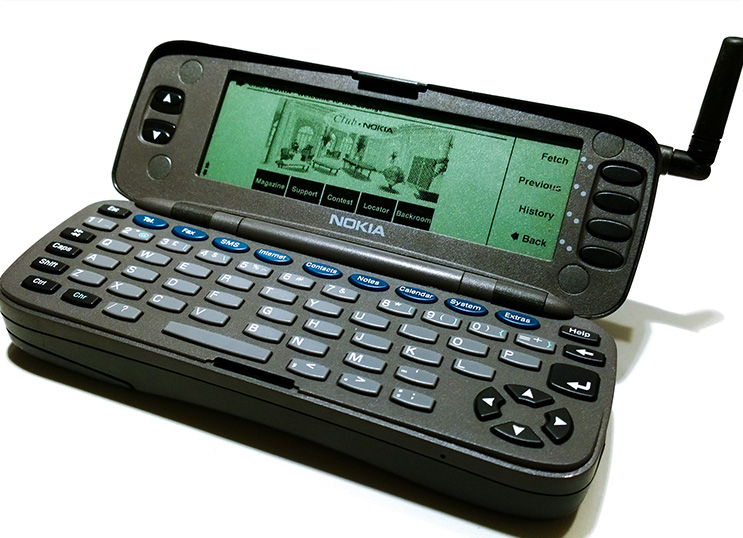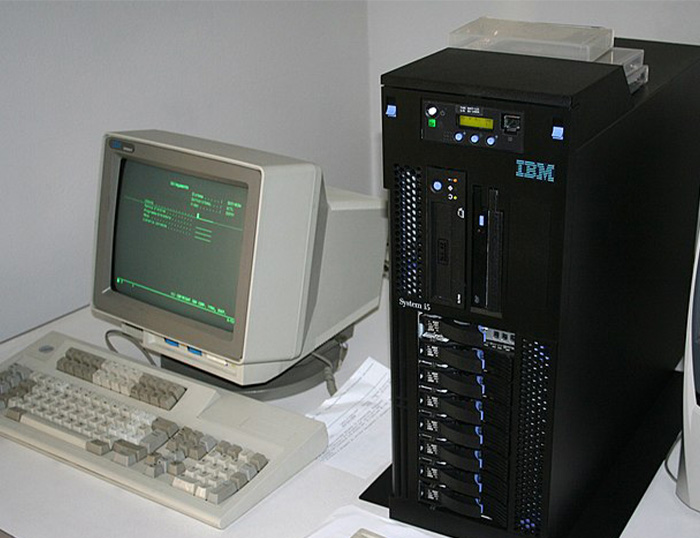
25 years in the Tech industry, Part 1.
We’ve recently been reflecting on what we’ve achieved at Merisis in the tech industry – from our early days when tech was just coming out of the back rooms of businesses to 2025 where tech is not only standard – it’s an expectation too.
A lot happens over the course of 25-plus years and we’ve welcomed each year with passion, enthusiasm, ideas and dedication. So, for the sake of bringing to the table some observations and lessons learned (as well as plenty of nostalgia too), here’s Part 1 of “Merisis – 25 years in the tech industry.”

How well do you recall the 90’s? It seems so close, however 1990 is now 35 years ago. Let’s briefly set the scene…
The turn of the new decade saw huge cultural revival as well as political change. We experienced the rise of Britpop, dance and rave scenes and later came the rise of Tony Blair’s Labour. The economy shifted from manufacturing to service-led and the UK and France physically connected with the Euro-Tunnel. In sport, Frank Bruno won the WBC heavyweight championship title in the mid-90’s and Britain’s most expensive footballing transfer cost just £5m. (Chris Sutton, Norwich to Blackburn).
From a business perspective, computers were available (with home-computers being available in the 1980’s), but pen and paper still very prevalent and fax machines were still used. Although we knew greater use of technology was ideal, the reality of this in the everyday workplace was perhaps a little more sobering. Computers were large, bulky, slow and expensive.

Change however, is constant: The 90’s is seen as the decade where the rise of mobile phones and the World Wide Web really kicked into gear. The ‘Browser Wars’ saw AOL discs delivered with your Sunday papers at home, and we had the choice of Internet Explorer and Netscape Navigator. Yahoo was one of the very first search engines, soon followed by the likes of Altavista and a startup called Google. A Blackberry device represented (in our opinion) an effective but clunky communication tool – as did the Nokia 9000 Communicator and as for the world of programming, COBOL was being superseded by the new kid on the block, Java.
Tech advances quickly and standard industry interfaces, such as MS Windows, made computers less of a ‘dark art’ and increasingly lower costs of CPUs started to make computers more cost-effective investment for businesses and how they operated.
However, we weren’t without restrictions in this new age. The consumer web was a great step in opening a world of information, but broadband was yet to take hold in a way we recognise now. Dial-up access was slow and costly, and the bandwidth was narrow. Webpages were basic and needed to be; anything too large would cause a time-out and the painful process of loading a page would start again. And in terms of how pages looked and were used – this was considered as pages were built. Job roles with ‘UX’ or ‘UI’ certainly weren’t commonplace.
But we still moved forward.

At this time, computers were used widely, especially in large organisations where IT systems and servers were required – however they needed a good amount of technical know-how to use. Midrange servers from IBM, DEC and HP provided the backbone of the early IT systems. This was the time of IBM AS/400 system – and a mantra we often heard was;
“If you were in business, you needed IBM.”
This alone represents the stronghold which IBM had on business technology at the time but of course, nothing lasts forever.
Founding Merisis
This brings us to Merisis, or rather the foundations of the business. Founders Darren Magson and Jon Tyler were to meet in the later 90’s – Darren having worked for renowned freight-forwarder LEP International and then GeoLogistics, Jon joining GeoLogistics from specialist IT logistics software company CSI in 1998/99. Both experiences gave them the foundations in information technology and how, when applied correctly, it could be used to great effect.
Darren recalls one of the first internet projects at this time – a browser-based cargo tracking system. This seems commonplace now, but remember – this is well over 20 years ago. The system in question was manually event-driven (departure/at airport or quayside, loaded, sailed or departed, arrived) and included a portal to open this information to their customers. The last fact alone demonstrates the change in the use of technology, and how it was becoming more customer focussed and part of more aspects of our lives. It also represents the type of work which was to become the backbone of Merisis – technology for Darren and Jon wasn’t about showing off different programming techniques or design styles, but was firmly rooted in creating the best solution to resolve a problem in the best way.
The growth of the internet offered huge opportunities to how businesses operated, however legacy systems and complicated interfaces were clearly a barrier.
By the time Darren and Jon decided to create Merisis, tech really was in growth. Both Jon and Darren saw the opportunity within technology and had a shared ideology. The growth of the internet offered huge opportunities to how businesses operated, however legacy systems and complicated interfaces were clearly a barrier. They also saw how technology could make a huge impact on the logistics sector – where not only recording and capturing information was important – but also sharing this intelligently could bring efficiencies on a global scale.
By the end of the 90’s, the combination of consumers and tech was becoming more commonplace. The conditions of price, usability and purpose were all favourable and the more consumers had access to, the more they not only wanted, but expected to. Mobile phones, text messages, DVD’s, MP3 – we were truly in a digital world.
In Part 2 we will go into the early 2000’s where Merisis start to make their mark in the logistics industry as well as first steps into the world of Mobile Apps.
